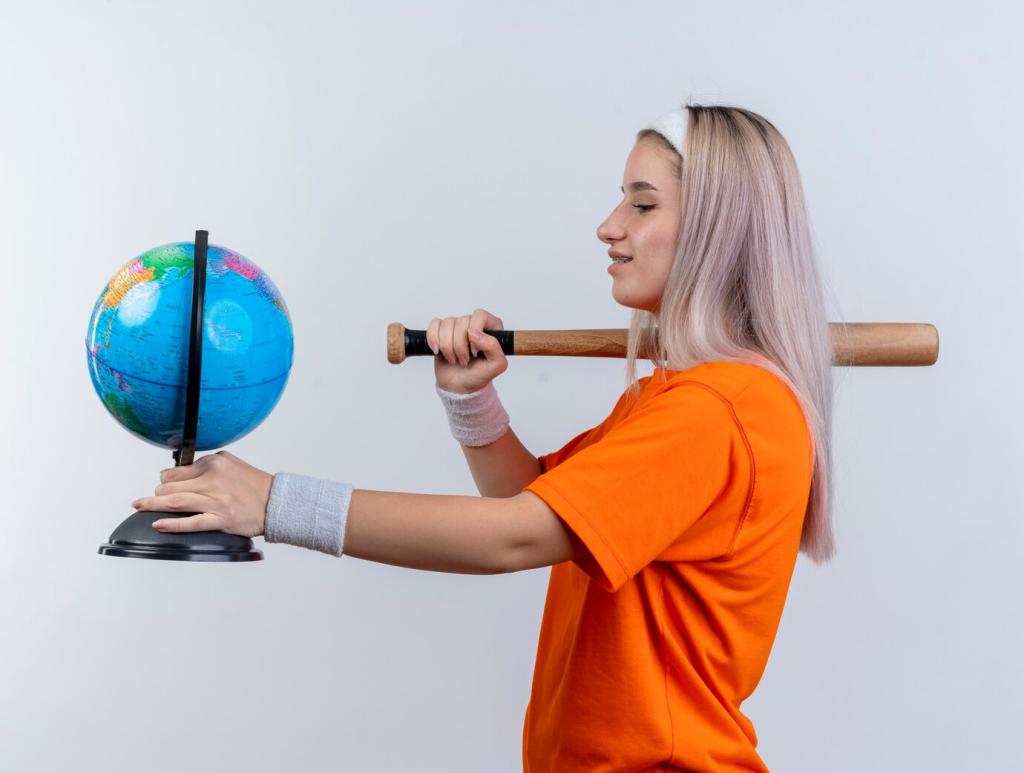
How Global Art Shapes Landscape Architecture
Chosen theme: The Influence of Global Art on Landscape Architecture. Step into a world where brushstrokes become pathways, sculptures suggest topography, and cultural aesthetics guide plant palettes. Together, we’ll explore how movements from Renaissance to Bauhaus, from Zen gardens to Land Art, transform everyday landscapes into living galleries. Share your perspective, subscribe for future explorations, and help us trace the artful threads that stitch parks, plazas, and gardens across the globe.
Linear perspective, perfected in Renaissance painting, taught designers to choreograph sightlines with precision. Grand axes and framed vistas echo frescoed illusions, drawing visitors through space as though stepping into a canvas. Tell us: which historic garden has given you that cinematic, painterly reveal?
From Frescoes to Fields: A Brief History of Cross-Pollination
Cubist Facets in Topography and Paths
Cubism fractured perspective and recomposed reality into prismatic planes. Landscapes borrow this language through angular terraces, faceted seating, and intersecting paths that reveal multiple readings. Which park have you walked where each corner felt like a new facet of the same shimmering idea?
Surrealist Journeys and Dreamlike Garden Rooms
Surrealism twisted logic into wonder, inspiring landscapes where thresholds blur and materials misbehave delightfully. Mist gardens, hidden doors, and unexpected soundscapes nudge curiosity. Tell us about a place that felt like a dream you couldn’t quite explain—but never wanted to leave.
Bauhaus Simplicity: Form, Function, and Human Use
The Bauhaus balanced craftsmanship with clarity, prompting landscapes where clean lines serve generous public life. Benches align with desire paths; plantings frame movement; details earn their keep. Do you prefer quiet utility or expressive flourish? Comment with your design philosophy.
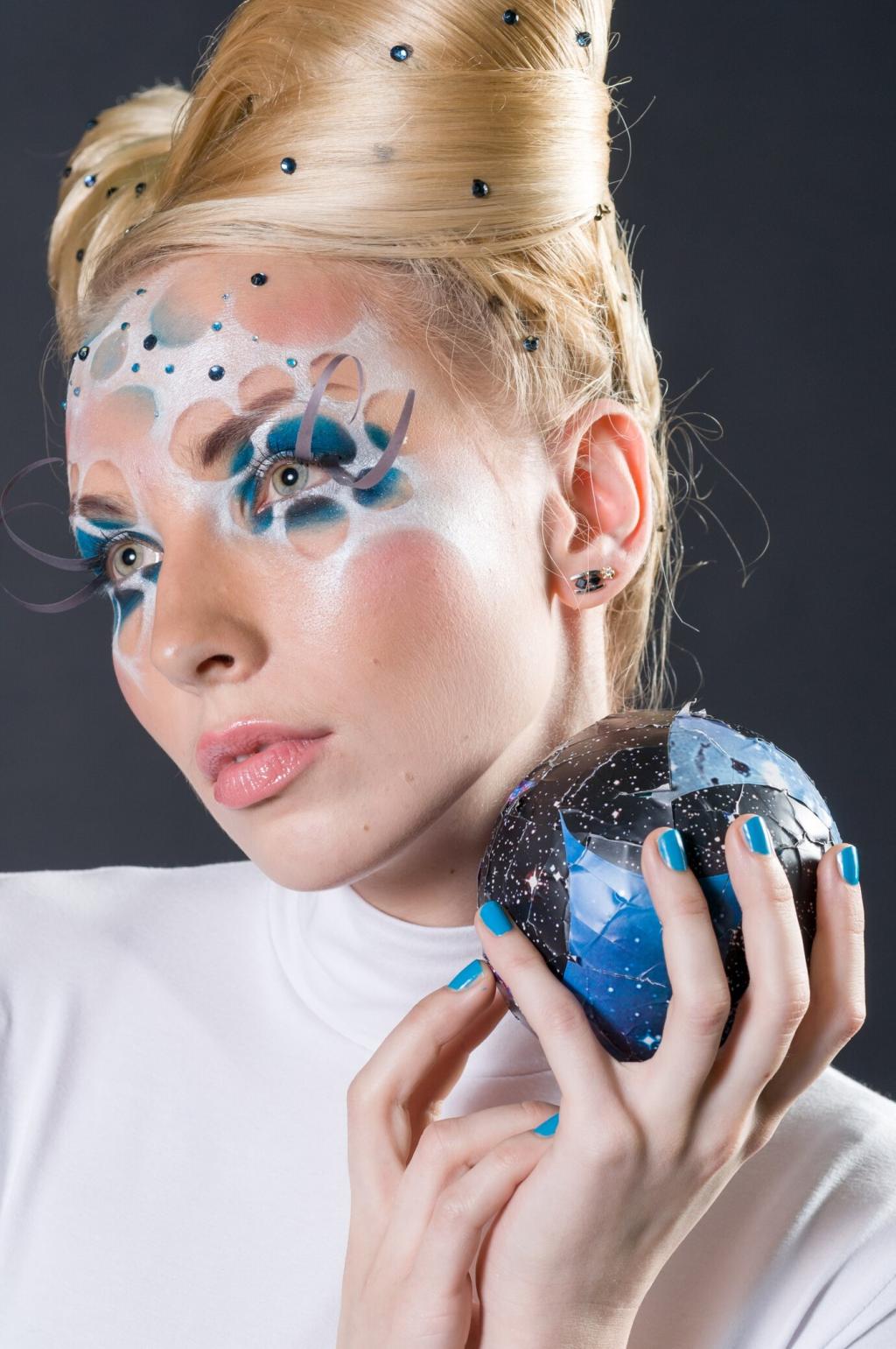
Impressionist Light in Bloom and Shadow
Impressionism’s broken color emerges in drifts of perennials, shimmering grasses, and dappled canopies. As clouds pass, palettes shift, turning a morning walk into a gallery of living brushwork. Which plants, in your climate, capture that fleeting, luminous haze?
Land Art: Earth as Medium, Landform as Line
Land artists like Robert Smithson redefined sculpture at territorial scales. Today’s landscapes sculpt berms, cut benches, and carved swales for drama and stormwater performance. Share a project where topography itself felt like the boldest, most honest stroke.
Mosaics, Ceramics, and the Groundplane Canvas
Pavers and tiles become pixels, stitching cultural patterns underfoot. From Gaudí’s trencadís to contemporary terrazzo, the ground tells stories we trace with every step. What motif would you lay beneath a city’s feet to celebrate its people?
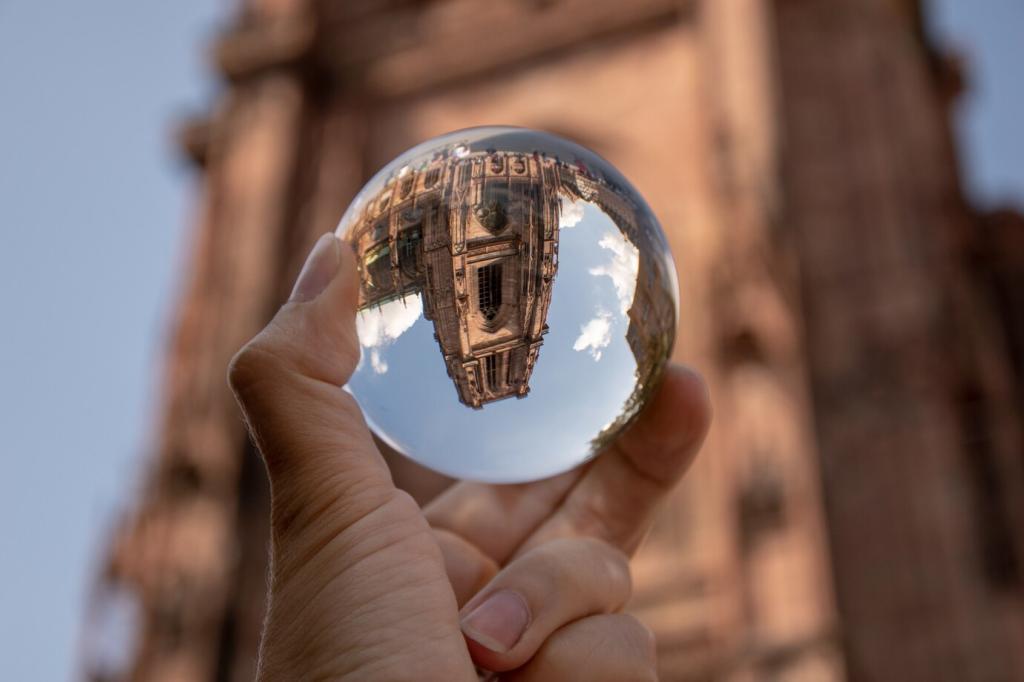
Murals as Site DNA and Wayfinding
Murals do more than decorate; they map identity. In plazas and underpasses, color becomes navigation, stitching safety and pride into circulation. Have you seen a mural redirect foot traffic by simply feeling like the right way to go?
Co-Creation with Communities, Not Just for Them
Workshops, chalk charrettes, and story circles shape spaces that reflect real voices. When neighbors choose patterns, benches, and plants, stewardship follows. Tell us how your community has turned consultation into authorship—and what changed afterward.
Storytelling Signs, Soundscapes, and Night Lighting
Interpretive design uses typography, audio, and illumination to gently guide meaning. Night lighting paints narratives in shadow and glow, keeping places welcoming. What sensory layer—sound, scent, or light—would you add to deepen a site’s story?
Global Case Studies: Art in Action
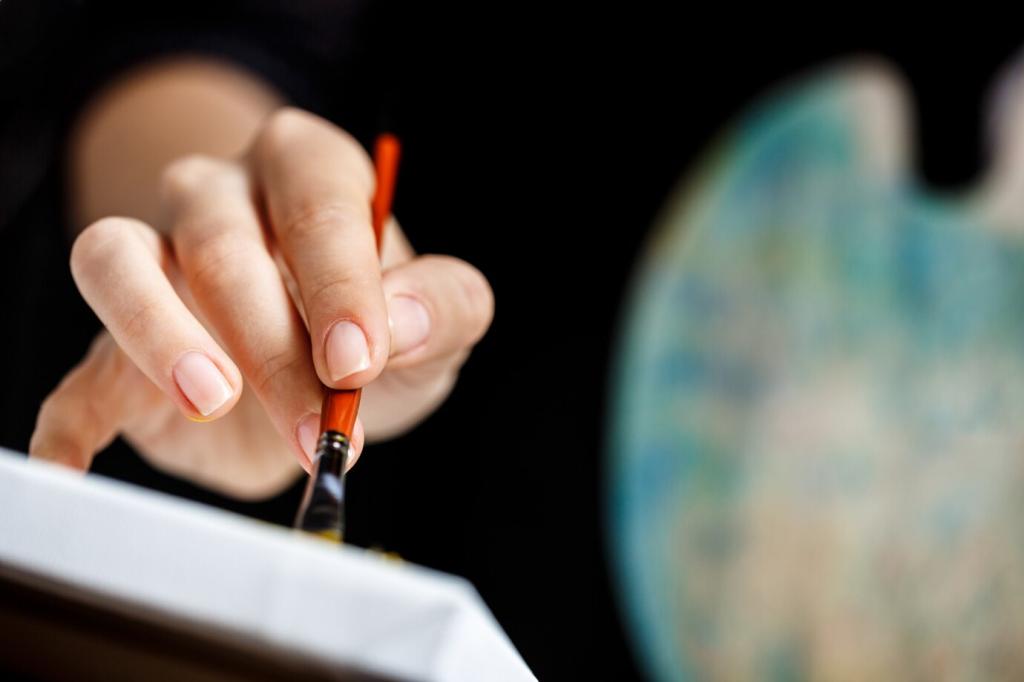
New York’s High Line blends post-industrial rails with rotating installations, framing the city as a moving exhibit. Planting palettes echo wild rail-side ecologies, yet invite leisurely drift. What temporary artwork there shifted your view of the skyline?
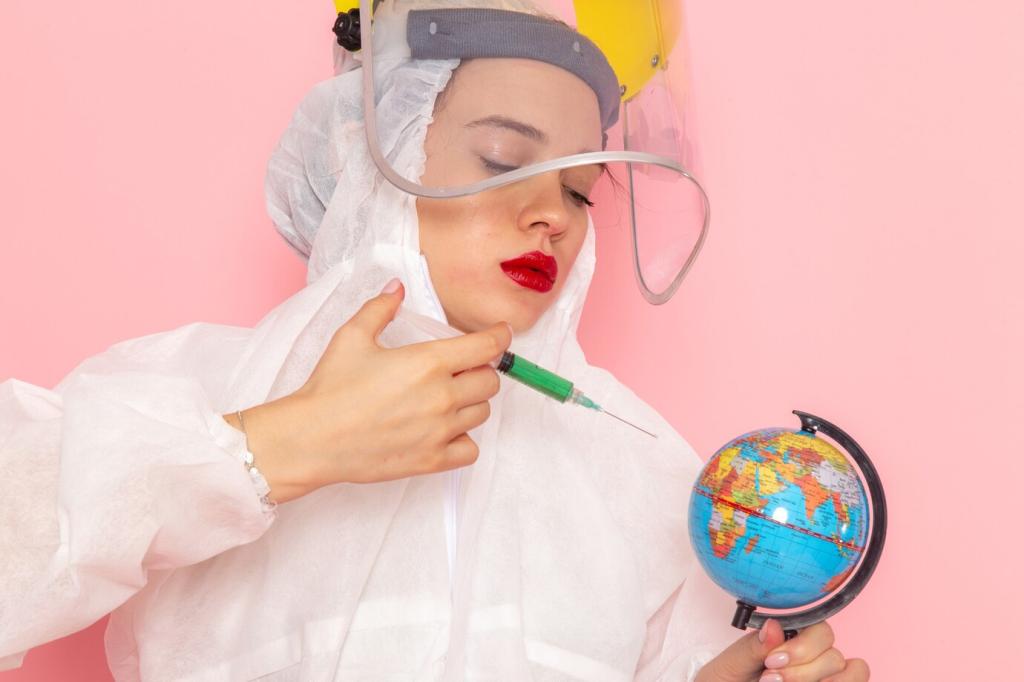
Precedent Collages and Moodboards That Move
Designers assemble paintings, textiles, and site photos into living moodboards. These collages become conversation tools, aligning teams around tone and rhythm. What images would anchor your own board for an inclusive, artful neighborhood park?

Mockups, Shadows, and the Time of Day
Cardboard models, full-scale chalk outlines, and light studies test ideas before they harden. Shadows reveal how sculpture meets seating at noon or dusk. Have you prototyped a place by simply watching how people use it hour by hour?

Respect, Not Appropriation: Ethical Cultural Translation
Borrowing motifs demands care, consent, and credit. Co-design with cultural stewards ensures symbols carry meaning, not just style. How do you build relationships that honor heritage while creating something genuinely new?

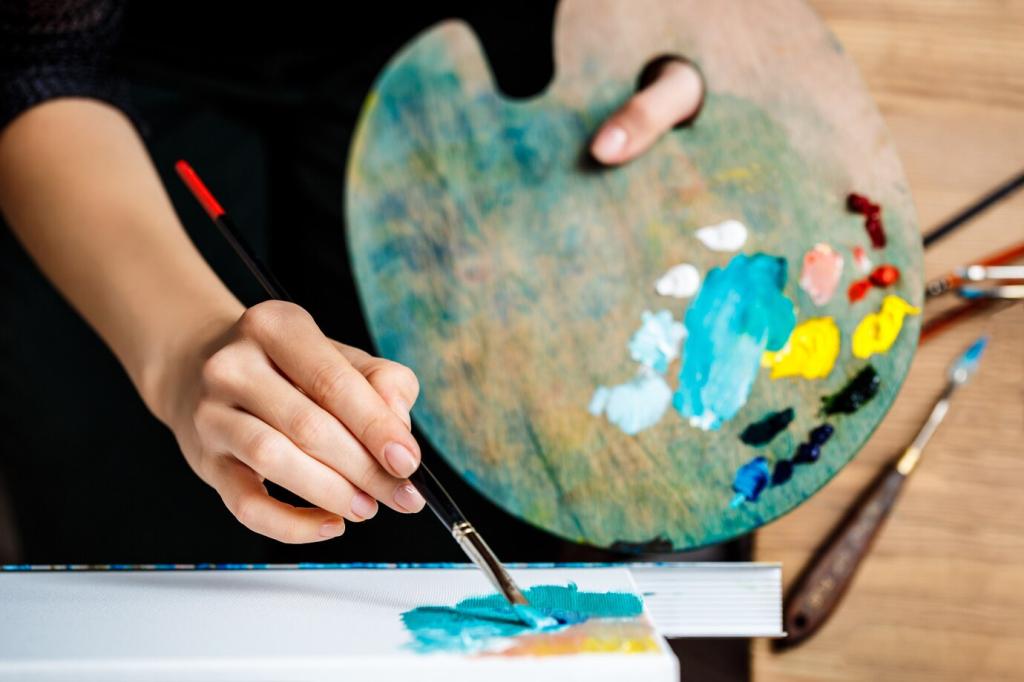
Artful Resilience: Climate, Ecology, and Culture
Traditional weaving and carving patterns inspire bioswale layouts and permeable mosaics that slow, spread, and sink stormwater. It’s cultural knowledge reframed as living infrastructure. Which pattern from your place deserves to shape future flood resilience?
Artful Resilience: Climate, Ecology, and Culture
Moss graffiti, fungal sculptures, and algae walls turn biology into medium and message. These works heal microclimates while sparking conversation. Would you support experimental living art in your neighborhood if it also cooled summer streets?
Comment with a Place That Changed How You See
Was it a mural-lined alley blooming with planters, or a quiet courtyard with sound sculptures? Describe the moment, the light, and the feeling. Your story could inspire our next deep dive.
Subscribe for Field Notes and Sketch Prompts
Get monthly inspiration: sketch prompts based on art movements, planting palettes to test, and case studies you can walk in an afternoon. Hit subscribe and bring a friend along.
